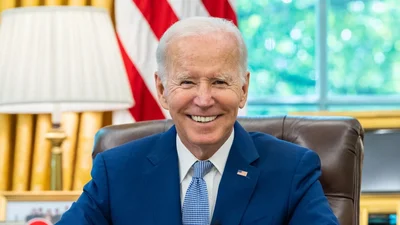The United States Attorney’s Office for the Middle District of Pennsylvania announced that a federal grand jury in Harrisburg returned an indictment today charging William Trickett Smith, Sr., age 76, with attempting to arrange a prison escape, lying to federal agents about it, and trying to persuade someone else to lie to federal agents.
According to United States Attorney Peter J. Smith, the charges stem from events surrounding the arrest and extradition of the defendant’s son, William Trickett Smith, II. In 2007, Smith II was arrested in Pennsylvania, and charged in Peru for the murder of his wife. Peruvian authorities sought his extradition.
The indictment alleges that during 2009 and 2010, Smith Sr., Harrisburg, devised a plan to have his son escape from custody after Smith Sr. filed a false private criminal complaint by paying off a magisterial district justice to schedule a hearing that would require Smith II to be transported and paying off a constable who would be picked to transport him. The Indictment alleges that when the plan failed because the criminal complaint was not approved by the district attorney, Smith Sr. then allegedly devised another plan for his son’s escape by paying off a prison guard. That plan also failed because Smith II was moved to a different prison. The indictment alleges that in 2010, Smith Sr. lied about his plans and actions when questioned by the Federal Bureau of Investigation and also tried to persuade another individual to lie to the FBI about Smith Sr.’s actions.
The case was investigated by the Federal Bureau of Investigation, the United States Marshals Service, the Dauphin County District Attorney’s Office, the Pennsylvania Department of Corrections-Office of Professional Responsibility and the Perry County Prison. The case is being prosecuted by Assistant U.S. Attorney James T. Clancy.
Indictments and Criminal Informations are only allegations. All persons charged are presumed to be innocent unless and until found guilty in court.
A sentence following a finding of guilty is imposed by the Judge after consideration of the applicable federal sentencing statutes and the Federal Sentencing Guidelines.
In this case, the maximum penalty under the federal statute is 20 years’ imprisonment, a term of supervised release following imprisonment, and a fine. Under the Federal Sentencing Guidelines, the Judge is also required to consider and weigh a number of factors, including the nature, circumstances and seriousness of the offense; the history and characteristics of the defendant; and the need to punish the defendant, protect the public and provide for the defendant’s educational, vocational and medical needs. For these reasons, the statutory maximum penalty for the offense is not an accurate indicator of the potential sentence for a specific defendant.
Source: U.S. Department of Justice, Office of the United States Attorneys








